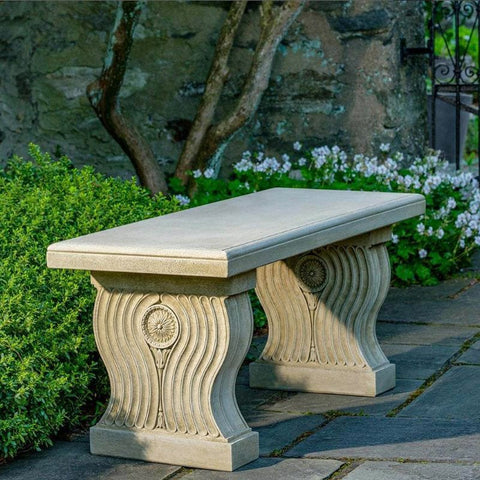Outcropping stones are a stunning natural element that can enhance the beauty and texture of any landscape. These rocks, which naturally emerge from the ground’s surface, offer a striking, rustic appeal that blends seamlessly with the surrounding environment. Whether used in gardens, parks, or yards, outcropping stones create a visual focal point that adds depth, contrast, and a sense of history to the outdoor space. The beauty of outcropping stones lies in their natural form. Each stone is unique, with intricate patterns, varied colors, and rough textures that are a result of the natural geological processes over time. These stones often come in a wide range of colors, from deep grays and browns to more vibrant reds, oranges, and yellows. Their irregular shapes and sizes further enhance their organic appearance, creating a dynamic and visually appealing feature within any landscape. Incorporating outcropping stones into landscape design can be done in various ways. One of the most common uses is as a natural border or edging.

Whether lining a garden bed, creating pathways, or outlining a water feature, these stones provide a strong yet subtle frame that draws attention without overpowering other elements of the landscape. The stones’ rugged, unrefined edges contrast beautifully with the smooth lines of manicured gardens, creating a harmonious balance between wild and cultivated nature. Another popular use of outcropping stones is in rock gardens. These stones serve as both structural elements and aesthetic features, offering a sense of permanence and stability while enhancing the overall design. By placing plants, such as succulents or creeping vines, around or between the stones, a landscape designer can create a picturesque, low-maintenance garden that thrives in various climates. The rocks help retain moisture, regulate temperature, and offer shelter for small wildlife, making them an ideal choice for eco-friendly landscapes. Outcropping stones can also be used to create natural seating areas or focal points in a garden. Large, flat stones can serve as benches, while larger boulders can be positioned to form unique seating arrangements.
These areas not only offer a functional place to relax but also become natural gathering spots that encourage outdoor living. The stones’ earthy tones complement the surrounding plants, providing a peaceful and serene atmosphere. In more dramatic landscapes, outcropping stones can serve as the centerpiece of an entire design. When strategically placed in larger spaces, such as hillside gardens or terraced landscapes, these stones mimic the look of a natural outcrop, enhancing the scenery’s sense of ruggedness and wilderness. The effect can evoke the feeling of a mountain retreat or coastal bluff, providing a visual anchor that ties the landscape together. Moreover, outcropping stones have practical benefits beyond their aesthetic value and great post to read illustratedteacup.com. They can prevent soil erosion, especially when positioned along slopes or hillsides. The stones slow down water runoff and help stabilize the ground, making them a functional solution in areas prone to erosion. Additionally, their porous nature allows rainwater to flow through and be absorbed into the soil, further supporting plant growth.